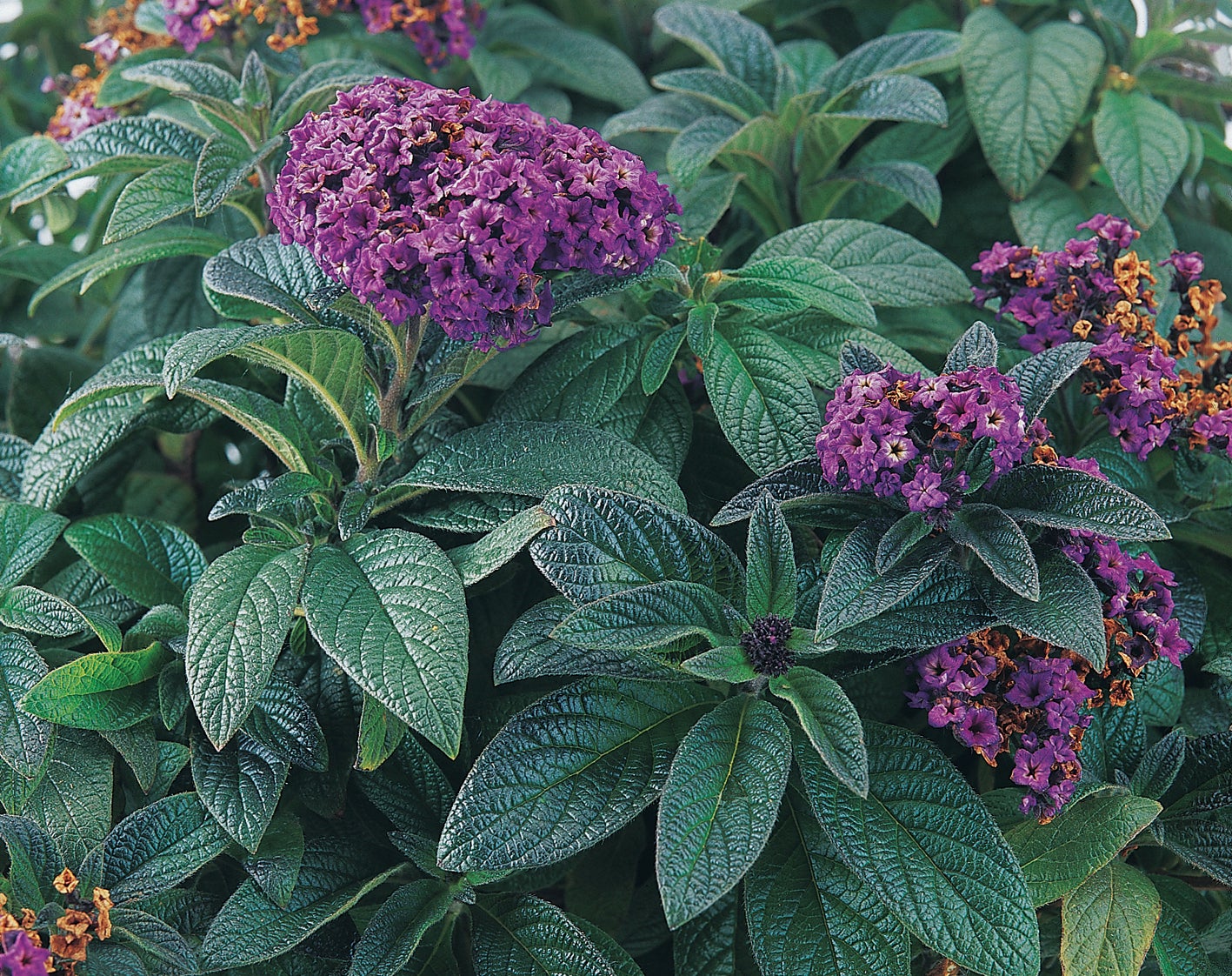8 nostalgic garden flowers worth revisiting for charm, aroma
In Thornton Wilder’s 1938 play, “Our Town,” the intoxicating scent of heliotrope flowers connects two sets of characters in the moonlight

In Thornton Wilder’s 1938 play, “Our Town,” heliotrope flowers connect two sets of characters who gather to inhale their intoxicating scent in the moonlight. Heliotropes, then common, are, indeed, wonderfully fragranced. Yet somehow, they’ve fallen out of favor in American gardens.
Many one-time garden staples from the Victorian era through the 1950s have been replaced with hybrids and compact bedding plants, many of which lack the charm, aroma and simple nostalgia of their predecessors.
Here are eight vintage garden flowers worth revisiting:
Four O’Clocks (Mirabilis japala, Mirabilis multiflora)
Fragrant white, red, pink, purple, yellow or bi-color trumpet-shaped flowers open daily in late afternoon and bloom from spring through frost in full to part sun. Plants are low-maintenance, drought-resistant and perennial in zones 8-10. Treat as annuals elsewhere, although they do self-seed readily. Their sweet, lemony scent and shape are a magnet for bees, butterflies and hummingbirds.
Cosmos (Cosmos bipinnatus)
Frilly daisy-like flowers bloom profusely on plants with lacy foliage from early summer through frost. Some varieties are perennial in warmer climates, while others are annual everywhere, but all self-seed, ensuring repeat performances in most gardens for years to come. Plant them in full sun, except for in southernmost areas, where they’ll appreciate a bit of shade. Available in yellow, pink, orange, red, purple, white and maroon.
Sweet peas (Lathyrus odoratus)
Clusters of dainty, ruffled, pink, purple, red, white or bi-color flowers bloom on annual vining plants during spring and early summer. Sweet peas perfume the air with a fragrance reminiscent of grapes. Plant in full sun in northern zones but provide some afternoon shade in the South.
Kiss me over the garden gate (Persicaria orientalis)
A favorite of Thomas Jefferson, this easy-care annual, which quickly grows to 6 feet tall, is perfect for the back of the border. Eye-catching clusters of dangling pink flowers self-sow to ensure a steady supply of plants for years to come. In areas with cold winters, sow seeds directly into the garden in autumn; in frost-free climates, chill them in the freezer for a week before sowing outdoors.
Hollyhocks (Alcea rosea)
Pink, purple, peach, red, white, yellow or near-black flowers completely cover 8-foot stalks from top to bottom. The large-leaved plants are biennial, which means they live for two years and bloom only in their second year, but they do self-seed, so there will always be more on deck. Plant them in full sun in the north and part shade in hot climates, and provide a fence, trellis or stake for support.
English primroses (Primula vulgaris)
Although there are nearly 500 species of primroses available in many colors today, your great-grandmother’s spring garden likely included these yellow-flowered standards. The short-lived perennials are hardy in zones 3-8, preferring moist, partially shady conditions. Grow them in winter in the deep South; in spring elsewhere.
Soapwort (Saponaria)
An herb named for its use in soap-making, this late-spring and summer-blooming perennial groundcover reaches 1-3 feet in height. Sow seeds directly into the garden in a sunny spot in spring and deadhead plants regularly to avoid overly vigorous self-seeding. For a fun project, make liquid soap by simmering 1 cup of tightly packed chopped leaves and stems in 2 cups of water for 15 minutes. Strain through cheesecloth and pour into a glass jar. Keep refrigerated for up to a week and use as an all-purpose cleaner or hand soap.
Heliotropes (Heliotropium arborescens)
With a wonderful, strong scent reminiscent of cherry pie, almond and vanilla, these tender shrubby perennials are grown as annuals in all but zones 9-11. Although available today in several colors, the dark purple variety was the cottage garden classic familiar in Thornton Wilder’s time. Plant them in full sun everywhere except the deep South, where they’ll benefit from some afternoon shade.
—-
Jessica Damiano writes regularly about gardening for The Associated Press. A master gardener and educator, she writes The Weekly Dirt newsletter and creates an annual wall calendar of daily gardening tips. Send her a note at jessica@jessicadamiano.com and find her at jessicadamiano.com and on Instagram @JesDamiano.